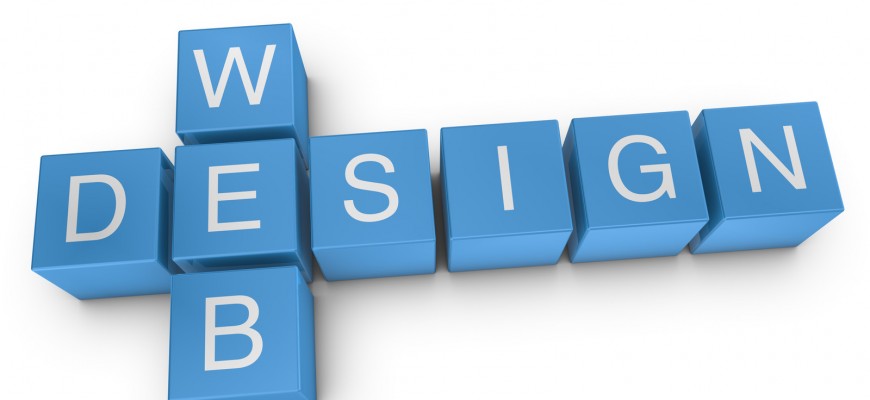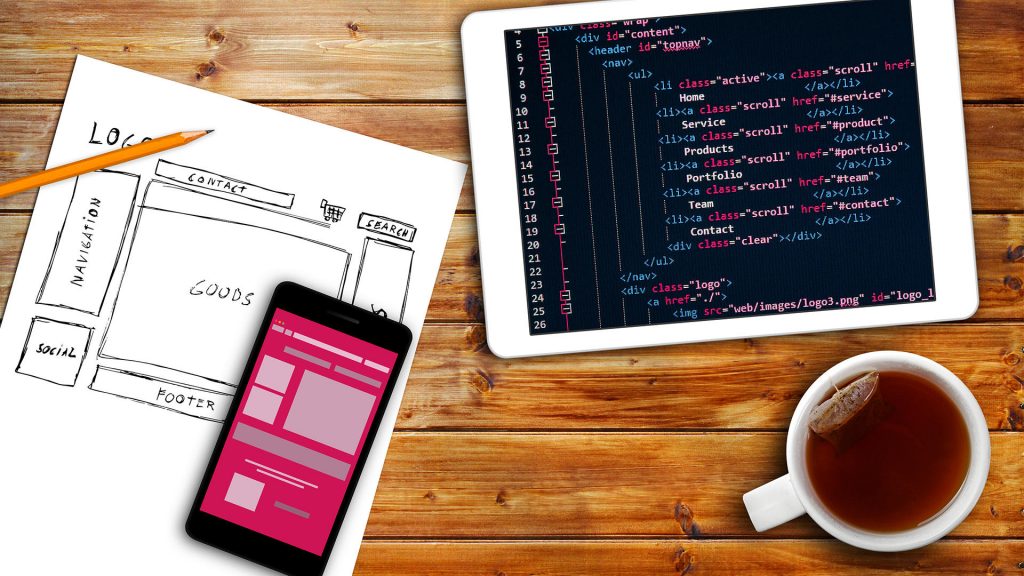Integrating Functionality and User Experience in Modern Web Design
In modern web design, integrating functionality and user experience UX is paramount to creating websites that not only look great but also perform seamlessly and intuitively. Gone are the days when websites were static pages with limited interaction. Today, users expect dynamic, engaging experiences that cater to their needs and preferences. At the core of effective web design is the fusion of functionality and UX design principles. Functionality refers to the technical aspects of a website the features, tools, and capabilities it offers to users. UX design, on the other hand, focuses on the overall experience users have while interacting with a website, encompassing aspects such as usability, accessibility, and delight. One key aspect of integrating functionality and UX design is understanding the needs and behaviors of the target audience. Designers must conduct thorough research to gain insights into the demographics, preferences, and pain points of users. By understanding their audience, designers can tailor the functionality and user experience to meet specific needs and expectations.

A user-centric approach is essential in creating intuitive interfaces that guide users through the website effortlessly. This involves careful consideration of factors such as navigation, layout, and content organization. Intuitive navigation ensures that users can easily find what they are looking for, reducing frustration and enhancing the overall user experience. In addition to intuitive navigation, responsive design is crucial for ensuring accessibility across various devices and screen sizes. With the proliferation of smartphones and tablets, users expect websites to adapt seamlessly to different platforms. Responsive design not only improves usability but also contributes to a positive perception of the brand or service. Another important aspect of integrating functionality and UX design is optimizing website performance. Slow-loading pages and clunky interfaces can deter users and lead to high bounce rates. Designers must prioritize performance optimization techniques such as image compression, code minification, and caching to ensure swift and efficient browsing experiences.
Furthermore, accessibility should be a central consideration in Blue Lake Web Design, ensuring that all users, regardless of disabilities or impairments, can access and interact with the website. Designers should adhere to accessibility standards such as the Web Content Accessibility Guidelines WCAG to accommodate users with visual, auditory, motor, or cognitive disabilities. Incorporating multimedia elements such as images, videos, and animations can enhance the visual appeal of a website and engage users on a deeper level. However, it is essential to strike a balance between aesthetics and functionality, ensuring that multimedia elements serve a purpose and enhance the overall user experience rather than detracting from it. Usability testing and iterative design are critical components of the web design process, allowing designers to gather feedback from real users and refine the functionality and user experience accordingly. By continuously iterating and improving the website based on user feedback and analytics data, designers can create web experiences that evolve to meet the changing needs and expectations of users. Integrating functionality and user experience is essential for creating modern websites that resonate with users and drive engagement.



